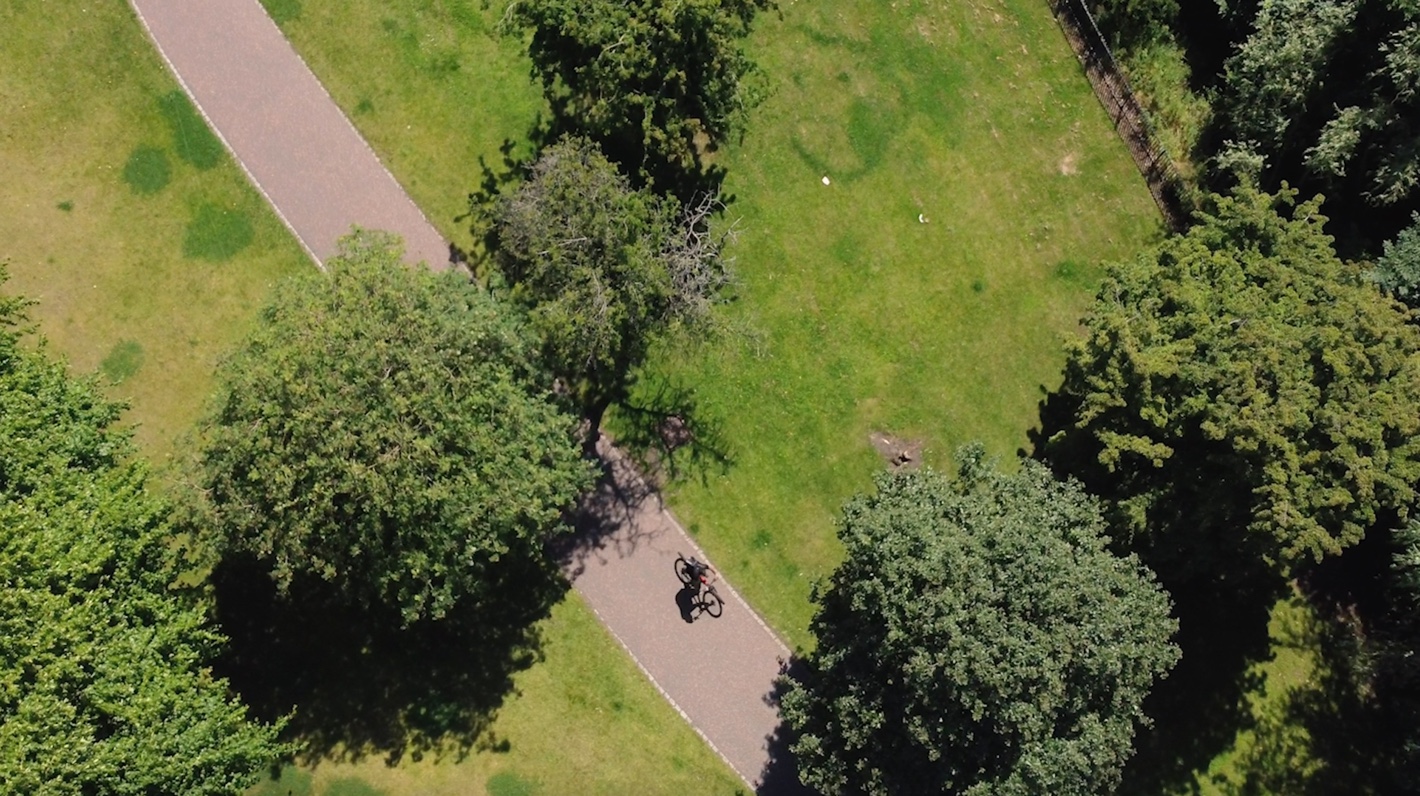
The choice is not nuclear or coal
Commenting on an editorial in The Herald 30 March, Friends of the Earth Energy and Finance Campaigner Beth Stratford said:
The choice suggested by your editorial (30 March) is a false one. The choice is not nuclear or coal: another power is possible. The nuclear industry, its history of radioactive leaks, cover-ups, and over-budget building, is back in the spotlight. In a desperate attempt at deflection, the industry and its defenders have been pointing the finger at coal, and pretending that the choice we face is simple: climate-wrecking coal power or nuclear.
In Scotland this is a myth that has been debunked so many times it’s getting boring. Just recently, research by leading energy consultants Garrad Hassan showed – once again – renewables can grow to comfortably exceed Scottish demand by 2020 (and provide up to 185% of demand by 2030), and that contrary to popular myth, the variability of renewable generation does not need to threaten the security of our supply.
With better interconnection, energy storage and demand management, Scotland could phase out both coal and nuclear by 2030, and still export some £20 million worth of renewable electricity each year. Not only would the overall costs of this system be comparable to business as usual, but it would allow Scotland to reap the employment and investment opportunities of being at the forefront of renewable technology development.
Similar conclusions have been reached at the European level: European Climate Foundation’s Roadmap 2050 shows that if we make the right choices, a future European energy system relying entirely on renewable energy was technically feasible, no less secure and only around 10% more expensive than other options for decarbonising the power sector.
New nuclear is not attractive to private investors because of the huge upfront expense, ongoing risks and cost of decommissioning, nor are insurers willing to pay out the costs of dealing with a nuclear accident.
The package of electricity market reforms that the UK Government recently put out for consultation was designed specfically to allay these investor fears, and provide a subsidy to an industry that has already had some six decades to stand on its own two feet.
The choice is easy: Instead of offering windfall profits to the nuclear industry, we should be urgently investing in energy efficiency and renewable power. This is the safest bet – for jobs, for human health, for the climate and for long-term energy security. Both nuclear and coal are risky and unnecessary distractions.
